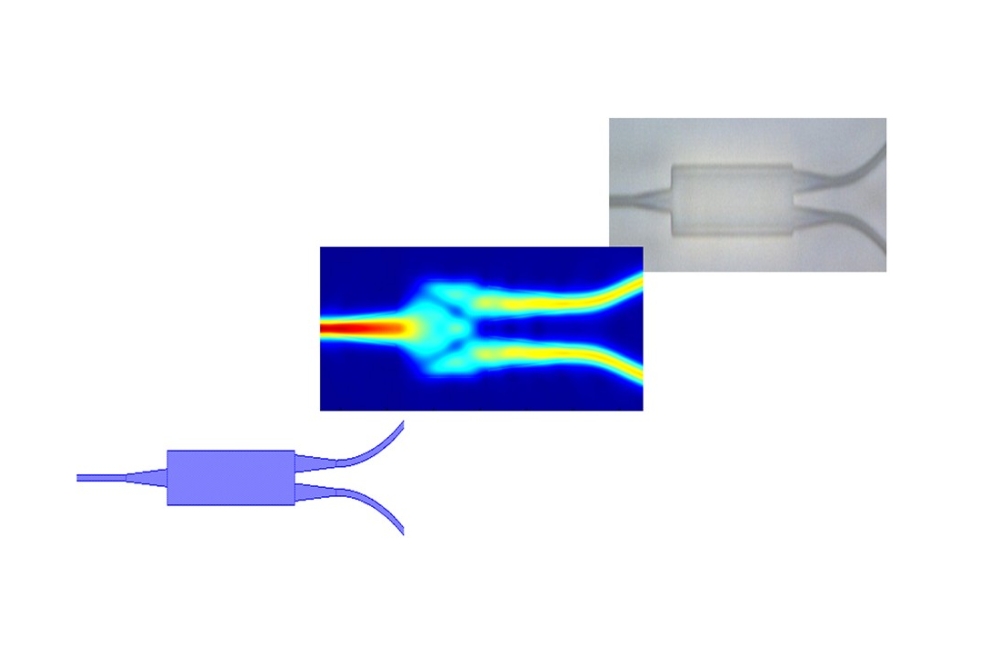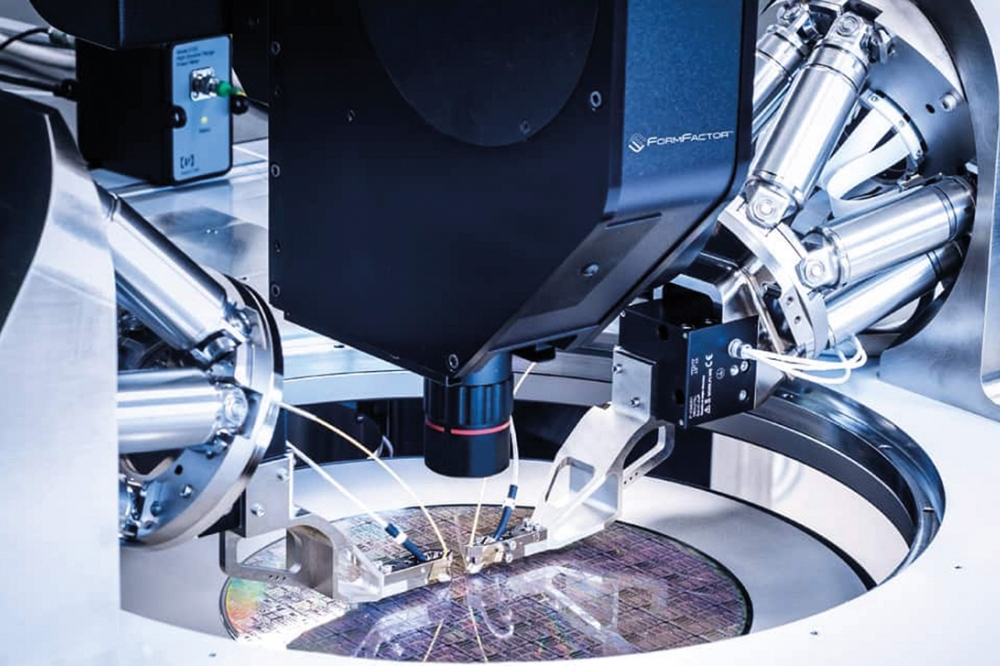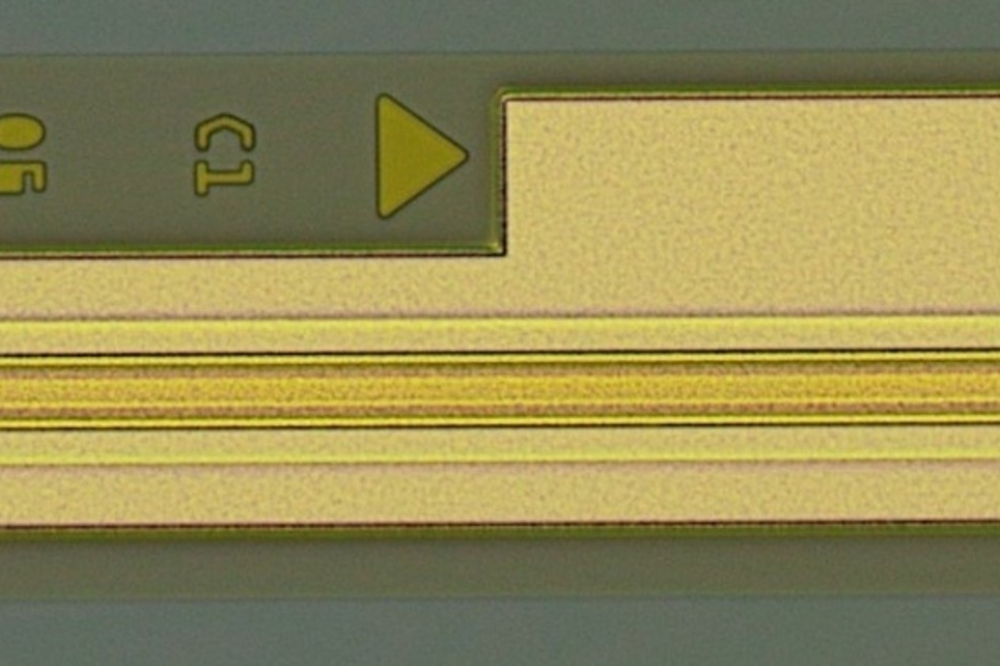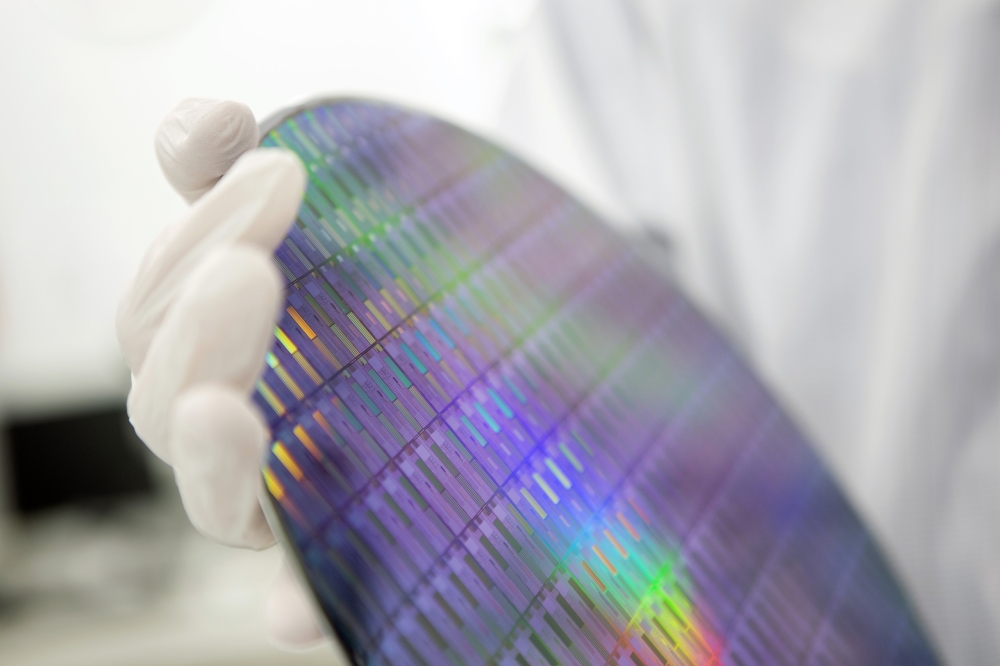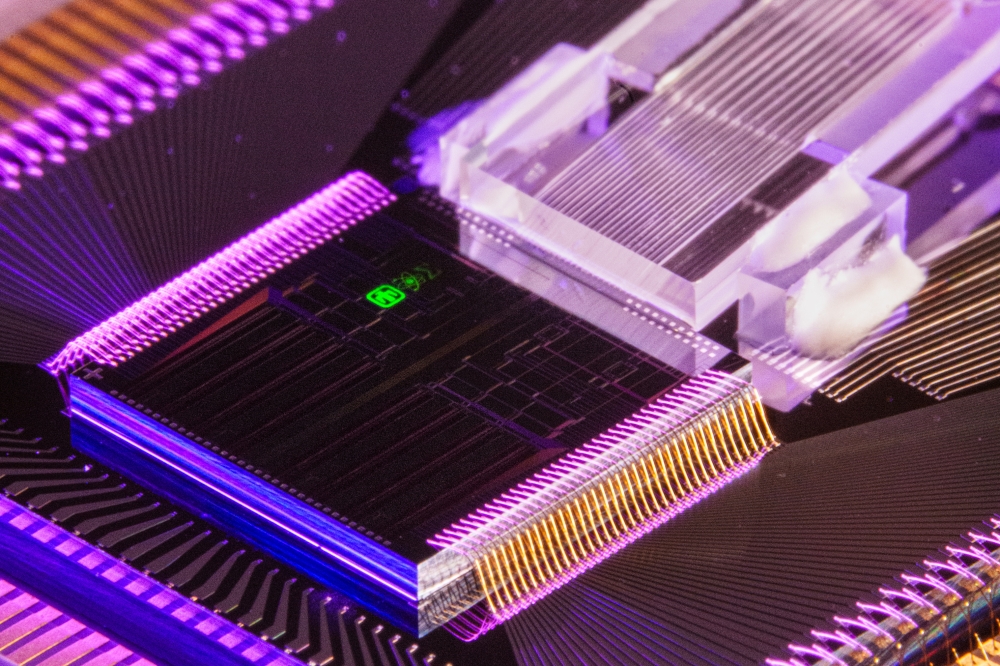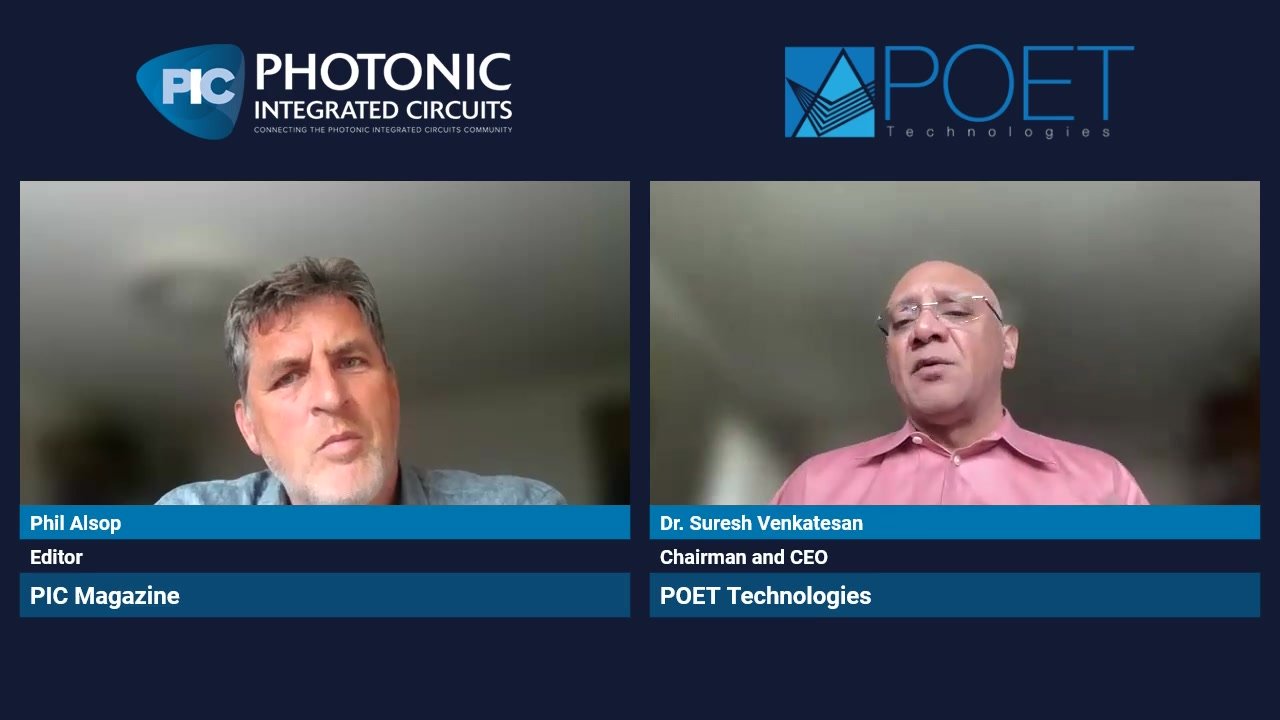EU Project targets Multi-Terabit Chip-to-Chip Comms

The ever-growing demands of mega datacenters and high-performance computers for increased bandwidth at a fraction of real estate and power consumption are pushing current pluggable optics interconnection solutions to their limits.
ICT-STREAMS, a new project in the European Union Horizon 2020 program, is now working on developing a set of innovative transceiver and routing technologies to increase server-board density by over 400 percent, throughput by 1600 percent, and to reduce energy consumption ten fold.
The research efforts are aligned with next generation embedded optical transceivers, placed on-board and in close proximity to the electronic modules, as a way to drastically reduce the required physical space and power budget. The aim is to enable multi-terabit on-board chip-to-chip communications.
To this end, the three year research project will exploit silicon photonics technology in order develop ultra-powerful, compact, Dense Wavelength Division Multipling (DWDM), high channel count and dense embedded optical engines with the ability to exhibit aggregate throughputs beyond 1Tb/s.
ICT-STREAMS will also develop a thermal drift compensation system employing a non-invasive wavelength monitoring and control technology to guarantee real-life applicability of the proposed multi-channel Si-Pho technology. On the board level, a single mode polymer-based electro-optical PCB (EOPCB) will be developed to serve as the host platform that will efficiently route both optical and high frequency electrical data across the board.
As a way to relax manufacturing time and cost requirements associated with complex optical assembly processes, optical engines will rely on novel III/V-on-Si in-plane lasers for optical sourcing while adiabatic coupling will be employed for I/O interfacing with the electro-optical PCB host platform.
Finally, ICT-STREAMS will assemble the new optical engines on the polymer EOPCB together with a 16x16 AWGR-based routing component to leverage WDM technology from just a parallel transmission tool to a massive any-to-any, collision-less and low latency routing platform with 25.6Tb/s aggregate throughput capability. Photonic crystal based III/V-on-Si nano-amplifiers will be introduced as a new amplification paradigm to enable optical power balanced links with advanced features and smart routing functionalities.
The project is scheduled to run for three years bringing together three leading industrial partners, one small-medium enterprise and five academic and research institutes in the optical interconnects value chain.
Project partners are Aristotle University of Thessaloniki (Greece) that is also coordinating the project, Centre National de la Recherche Nationale (CNRS) - Laboratoire de photonique et de nanostructures (LPN) (France), IBM Research Zurich GmbH (Switzerland), Interuniversitair Micro-Elektronica Centrum - IMEC (Belgium), Politecnico di Milano (Italy), STMicroelectronics (Italy), iMinds (Belgium), Vario Optics AG (Switzerland), FCI Connectivity (Germany).














